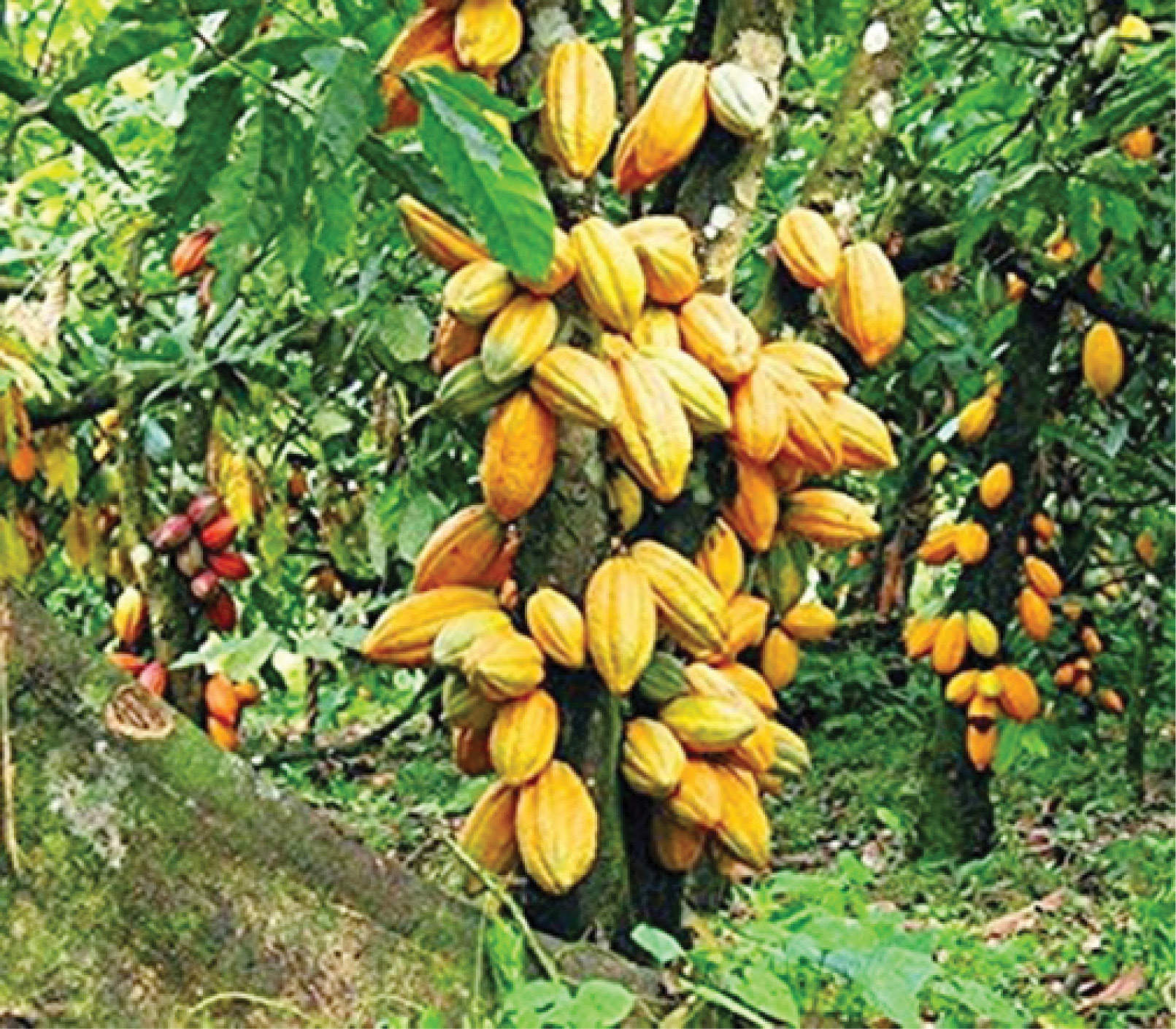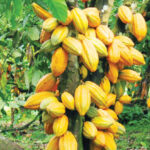Global cocoa bean supply is likely to decline significantly next year 2025 and this is likely to have huge impact on the availability of many value chain products.
According to the International Cocoa Organisation, there has been a shortfall of 374, 000 tons of cocoa in 2024, causing a major challenge for chocolate and other cocoa products producers.
Approximately 75 per cent of the world’s cocoa production comes from Côte d’Ivoire, Ghana, Nigeria and Cameroon.
Comrade Adeola Adegoke, National President, Cocoa Farmers Association of Nigeria (CFAN) said that “Nigeria Cocoa farmers are presently enjoying our best moment due to the skyrocketing prices of cocoa beans at the international markets and especially considering the fact that Nigeria is presently running a deregulated cocoa economy after the abolition of the cocoa board in the year 1986.
“Presently, we are not envying our counterparts in Ghana and Côte d’Ivoire due to the system of their cocoa economy which does not give them the opportunity to enjoy the present surge in cocoa prices as a result of the future cocoa contract being executed by their respective cocoa boards. In fact, we were reliably informed that the price the two respective giant cocoa origin countries are paying their cocoa farmers were the prices of cocoa as at April 2023, which was around $2,700 per ton. Let’s forget the new increment in cocoa prices in Côte d’Ivoire and Ghana of recent where it was done at 50 per cent increments at both countries just last week and this week respectively.”
Why production declined
Cocoa Market Review (March 2024) by the International Cocoa Organisation said that “Cocoa production in Côte d’Ivoire and Ghana has decreased by 467,000 tonnes and 448,000 tonnes respectively over the past three seasons and has equally contributed to the current shortfall in the world cocoa production. A short- and long-term analysis conducted by the Secretariat shows that Ghana’s production deficit appears to be structural in nature. In fact, a long-term negative trend appears to have started in 2016/17. This is due to a combination of negative events: the large number of cocoa trees infected with deadly swollen shoot virus disease; illegal mining, which has reduced the number of cocoa farms; ageing trees and unfavourable weather conditions.”
In Côte d’Ivoire, reports indicated that 25 to 30 per cent of Ivorian farms are infected by CSSVD. If these estimates are accurate, Côte d’Ivoire’s production will significantly decrease.
The report also identified that ageing cocoa trees is the most overwhelming factor for the long-term market equilibrium.
But it noted that “when cocoa prices are high, farmers will aim to produce more by planting more. However, in the current situation of the cocoa market, this rational response to price increases will not lead to an immediate increase in supply due to the time lag effect. As a perennial tree, it can take as long as three to four years for the new cocoa trees to begin producing beans and eventually reach their maximum yield after ten years.”
Prices
The current decline in production from the two leading producers Côte d’Ivoire and Ghana, which account for about 54 percent of the total global production, has prompted the ongoing prices hikes.
“With prices at $7,109 at the start of March 2024, by the end of the month, the nearby contract in London increased by 47 per cent to $10,455 per tonne while in New York, it rose by 44 per cent from $6,769 per tonne to $9,729 per tonne. For the corresponding period a year ago, the nearby contract in London had increased by only 4 percent from $2,574 per tonne to $2,670 per tonne while in New York, it was up by 3 percent from $2,831 per tonne to $2,927 per tonne,” ICO said.
Climate change, disease affecting yield
The organisation has identified two main factors contributing to the sharp decline in cocoa production in West Africa, which include drought and crop disease, noting that a significant portion of the Ghana’s 1.4 million hectares farms have been affected by disease.
The report says that Ghana experienced exceptionally high rainfall in 2023, which made it easier for diseases like blackboard to destroy cocoa harvests.
“This year, the West African nation has endured unreasonably hot and dry weather conditions that have depressed cocoa yields. The Ghanaian cocoa regulator says approximately 590 ,000 hectares of cocoa plantations are infected with squall and shoot disease that completely destroys the crops. Heavy rainfall has also affected coffee production in Cote d’Ivoire, which accounts for around 40 percent of the world’s cocoa output, making it the top producer globally. Cocoa trees thrive in humid, equatorial areas like Western Central Africa regions which experience predictable bouts of sunshine and heavy rainfall.
“Climate exports warn that cocoa producing countries could experience higher temperature if carbon emissions are not urgently curbed. The experts projected that there would be a 3.8-degree temperature rise in these nations,” he said.
What Nigeria needs
Mr Degoke in a statement highlighted what the country needs to do to strengthen supply and take advantage of the market.
“What Nigeria needs is to firm the control of our cocoa economy in order to increase the production and productivity of our smallholder cocoa farmers’ farms holdings through the provisions of subsidized farm inputs, credit facility, capacity building etc. thereby improving their livelihoods.
“We must start to regulate and promote the Nigerian cocoa economy through the National Cocoa management Committee (NCMC) where more investment into the sector will be guaranteed if the Committee can achieve stable regulatory framework that controls quality, smuggling, pesticides control, extension management, R&D, traceability, FMAFS & State Cocoa Producing Governments synergy, child labor eradication, deforestation control and National Cocoa Plan implementation,” he said.

 Join Daily Trust WhatsApp Community For Quick Access To News and Happenings Around You.
Join Daily Trust WhatsApp Community For Quick Access To News and Happenings Around You.


